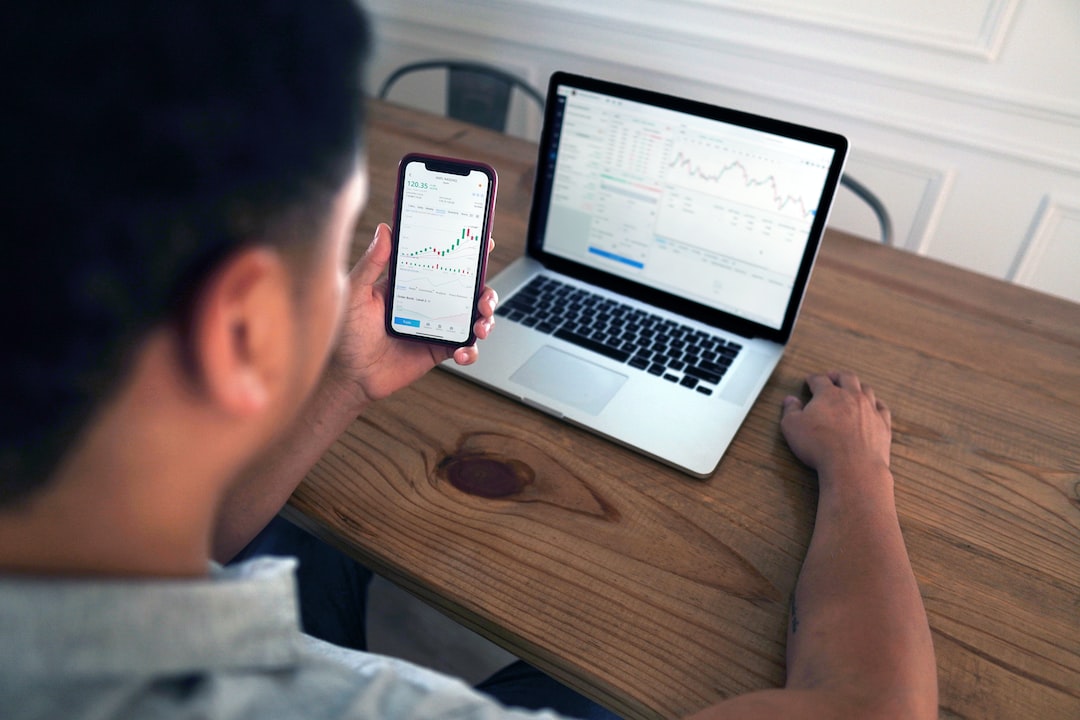Forex trading robots, also known as Expert Advisors (EAs), are software programs that automate trading decisions. They are designed to trade currency pairs on behalf of traders, executing trades based on a set of predefined rules and algorithms. These robots can be a great tool for traders who are looking to automate their trading strategies and save time.
Creating a Forex robot may sound complex and intimidating, but it can be done by anyone with basic programming skills. The process involves designing a trading strategy, writing code to automate the strategy, and testing the robot to ensure it performs as expected. In this article, we will walk you through the steps to create a forex robot PDF.
Step 1: Define Your Trading Strategy
The first step to creating a forex robot is to define your trading strategy. This involves determining the parameters that your robot will use to make trading decisions. Some common parameters include technical indicators such as moving averages, support and resistance levels, and trend lines.
You should also consider the rules for entering and exiting trades, such as stop-loss and take-profit levels. These rules should be based on your trading style and risk tolerance.
Step 2: Choose a Programming Language
Once you have defined your trading strategy, you need to choose a programming language to write your robot in. Some popular programming languages for forex robots include MQL4, MQL5, and Python.
MQL4 and MQL5 are the programming languages used by MetaTrader 4 and MetaTrader 5 platforms, respectively. These languages are specifically designed for creating trading robots and have a wide range of built-in functions and libraries that make coding easier.
Python is a general-purpose programming language that is becoming increasingly popular in the trading world. It is a versatile language that can be used for a wide range of applications, including creating trading robots.
Step 3: Write the Code
Once you have chosen a programming language, it’s time to start writing the code for your forex robot. This involves defining the parameters of your trading strategy and writing code to execute trades based on those parameters.
If you are using MQL4 or MQL5, you can use the built-in functions and libraries to make coding easier. These languages have a range of functions for executing trades, monitoring market conditions, and managing orders.
If you are using Python, you will need to install a trading platform or API that allows you to connect to the forex market. You can then use Python libraries such as Pandas and NumPy to analyze market data and make trading decisions.
Step 4: Test Your Robot
Once you have written the code for your forex robot, you need to test it to ensure that it performs as expected. This involves running your robot in a simulated trading environment and analyzing its performance.
Most trading platforms have a built-in strategy tester that allows you to simulate trading using historical data. You can use this tool to test your robot and make any necessary adjustments.
It’s important to test your robot thoroughly to ensure that it performs well under different market conditions. You should also monitor its performance in real-time trading and make adjustments as necessary.
Step 5: Optimize Your Robot
Once you have tested your robot and made any necessary adjustments, you should optimize it to improve its performance. This involves tweaking the parameters of your trading strategy to maximize profits and minimize risks.
To optimize your robot, you can use tools such as backtesting and forward testing. Backtesting involves running your robot using historical data to see how it would have performed in the past. Forward testing involves running your robot in a live trading environment to see how it performs in real-time.
Conclusion
Creating a forex robot PDF may seem like a daunting task, but it can be done by anyone with basic programming skills. The key is to define a solid trading strategy, choose a programming language, write the code, test your robot, and optimize it for better performance. With these steps, you can create a forex robot that automates your trading strategy and saves you time.






